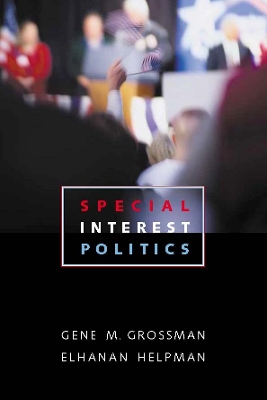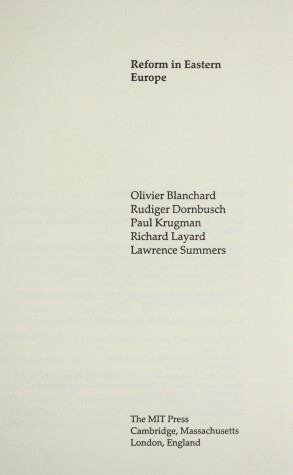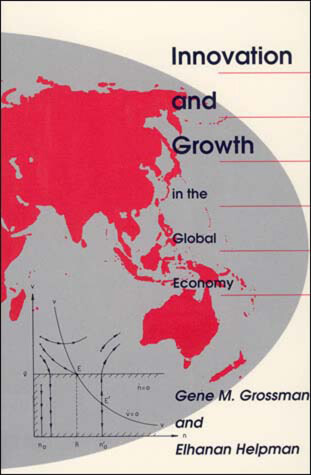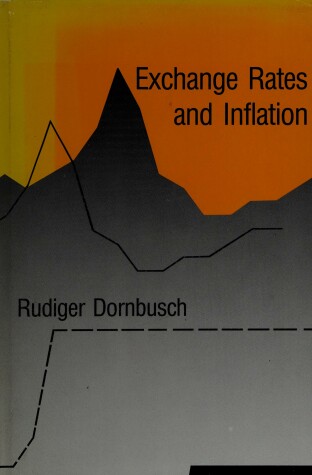The MIT Press
7 total works
This landmark theoretical book is about the mechanisms by which special interest groups affect policy in modern democracies. Defining a special interest group as any organization that takes action on behalf of an identifiable group of voters, Gene Grossman and Elhanan Helpman ask: How do special interest groups derive their power and influence? What determines the extent to which they are able to affect policy outcomes? What happens when groups with differing objectives compete for influence?
The authors develop important theoretical tools for studying the interactions among voters, interest groups, and politicians. They assume that individuals, groups, and parties act in their own self-interest and that political outcomes can be identified with the game-theoretic concept of an equilibrium. Throughout, they progress from the simple to the more complex. When analyzing campaign giving, for example, they begin with a model of a single interest group and a single, incumbent policy maker. They proceed to add additional interest groups, a legislature with several independent politicians, and electoral competition between rival political parties. The book is organized in three parts. Part I focuses on voting and elections. Part II examines the use of information as a tool for political influence. Part III deals with campaign contributions, which interest groups may use either to influence policy makers' positions and actions or to help preferred candidates to win election.
Reform in Eastern Europe
by Olivier Blanchard, Rudiger Dornbusch, Paul R Krugman, Richard Layard, and Lawrence Summers
The authors propose a plan for privatizing state-owned enterprises without placing them in the hands of those who accumulated wealth under the communist regimes. They recommend and detail methods for achieving orderly restructuring - in effect, closing most of the existing production structures and creating a whole new economy - covering issues of national saving, the creation of a financial intermediation system, the role of direct investment, labour allocation and unemployment.
Innovation and Growth in the Global Economy
by Gene M. Grossman and Elhanan Helpman
Traditional growth theory emphasizes the incentives for capital accumulation rather than technological progress. Innovation is treated as an exogenous process or a by-product of investment in machinery and equipment. Grossman and Helpman develop a unique approach in which innovation is viewed as a deliberate outgrowth of investments in industrial research by forward-looking, profit-seeking agents.





